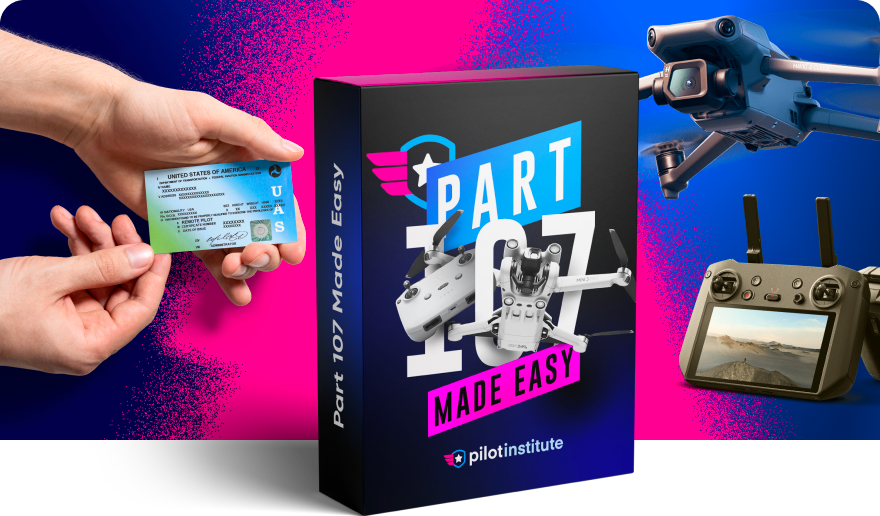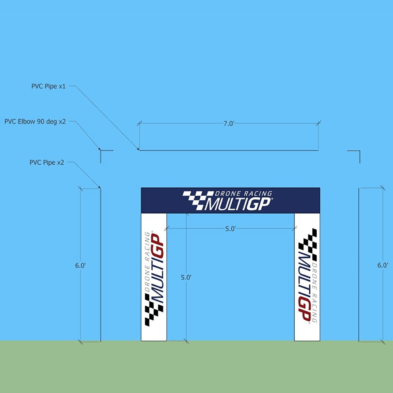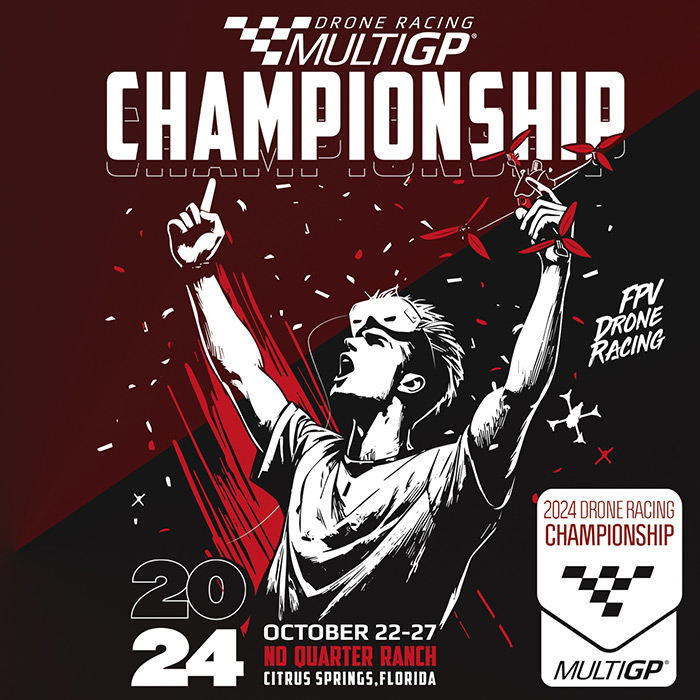Drills, Recommendations, and Exercises for Improving Piloting Skills
Part 1: The Basics
It’s not the motors, it’s not the battery, it’s not the flight controller that wins the race. It is the pilot. The best pilots in the league are not the best because of their equipment. These “Top Guns” of the drone racing world are on top because they understand that at the end of the day it is their time invested in practicing, their reflexes, and their mindset when in the pilot’s chair that puts them on the podium. Running drills, and working on your technique makes you faster. Here are a few recommendations, tips, and drills that will improve your abilities as a pilot. The best part is that all it costs is your time!
#1 – Double check ALL your equipment
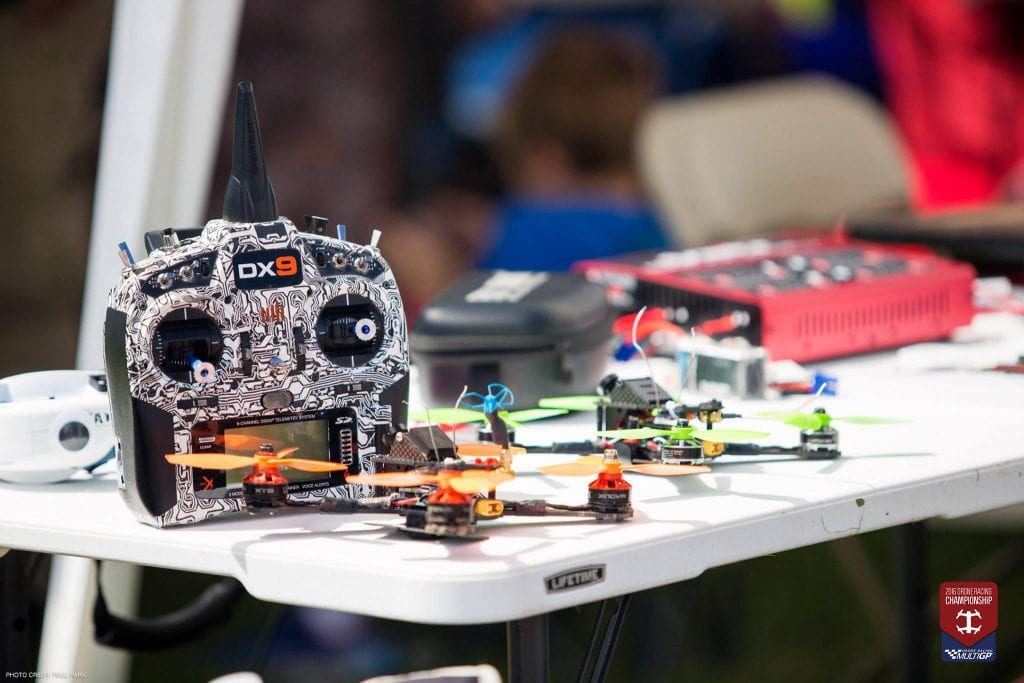
Seems simple, but it is often overlooked. Go through a “checklist” for all your gear (craft, batteries, transmitter, goggles, charger). Make sure that all your gear is set up properly. Every pilot of a full-sized aircraft goes through a checklist before every flight, so should we.
Craft:
- Inspect frame for damage
- All components secured solidly
- All fasteners tightened properly
- Motors spin freely when turned (no dirt, no grinding noise, no bearing slop)
- Props are in good condition (no bent blades, no cracked hubs)
Batteries:
- Physically inspect batteries for damage (nicked wires, broken plugs, cell swelling)
- Check voltage and balance (it’s a good idea to label your batteries to track performance)
- Verify voltage after charging (with a multi-meter or cell tester)
- Verify cell balance after charging (with a multi-meter or cell tester)
Transmitter:
- Inspect transmitter for loose switches
- Inspect gimbals for smooth movement (no sticking, no grinding)
- Check voltage of battery
- Check trims and make sure they are set properly (all should be centered)
- Connect flight controller to GUI and verify all endpoints and centers
Goggles:
- Inspect goggles for physical damage (antennas, wires, etc.)
- Check voltage of battery
- Clean lenses and screens
- Make sure straps are properly adjusted
- Power up goggles and craft, check video feed (re-focus FPV camera if necessary)
Charger:
- Inspect charger for physical damage (broken plugs, loose wires, etc.)
- Inspect balance charging board for damage (broken plugs, loose wires, etc.)
- Verify (multi-meter or cell tester) charger is fully charging and balancing batteries
These may seem a little simplistic, but ask yourself if any of these items mentioned above have kept you from flying. Success in drone racing means having your equipment functioning properly. If you know all your equipment is working as intended you can focus your practice time on flying, not fixing.
#2 – Study the technique of other pilots
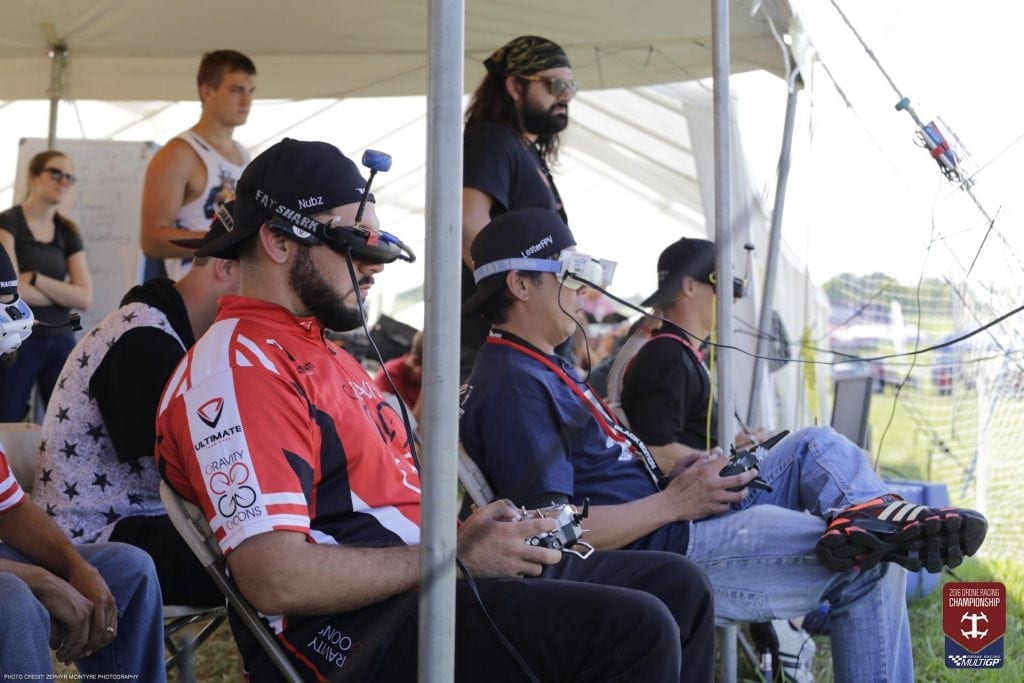
Study the tapes! Go to the replay! There are volumes of videos online from the top pilots in the world. Think of these as the “training tapes” that football teams watch to gain advantage on their competitors. Watch how the pilots negotiate the course; study how they take turns (position going into the turn, height going in and out of the turn, lining up multiple gates, etc.). It is these techniques that shave time off your laps. The better you understand these flying techniques, the easier it will be to go into the field and practice them.
#3 – Drill, baby, drill!
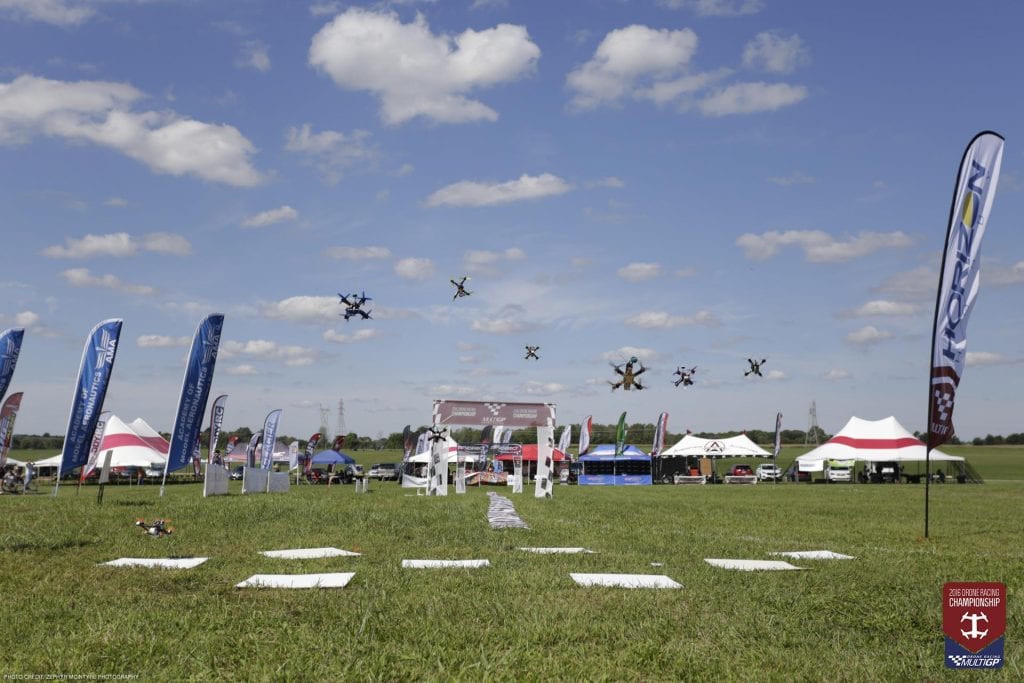
How do you get to Carnegie Hall? PRACTICE! What separates a good pilot from a great pilot? It is stick time, pure and simple. The more batteries you burn, the better pilot you will be. Some pilots are burning 100 batteries a week in practice. This is the biggest, most important part of becoming a better pilot. But this does not mean “just flying around the field”. Practice drills: set up gates to practice specific techniques (tight turns, slaloms, straightaways to turns, etc.). Set up “figure 8” training drills to practice rapid changes of direction. Focus on negotiating the training course smoothly, then concentrate on building up speed. You can’t be fast without being in control. “Slow is smooth; smooth is fast”. The more you run drills, the smoother and faster you will be. Drill techniques until they become second nature; the less you think about your flying, the faster you become.
4# – Challenge Yourself
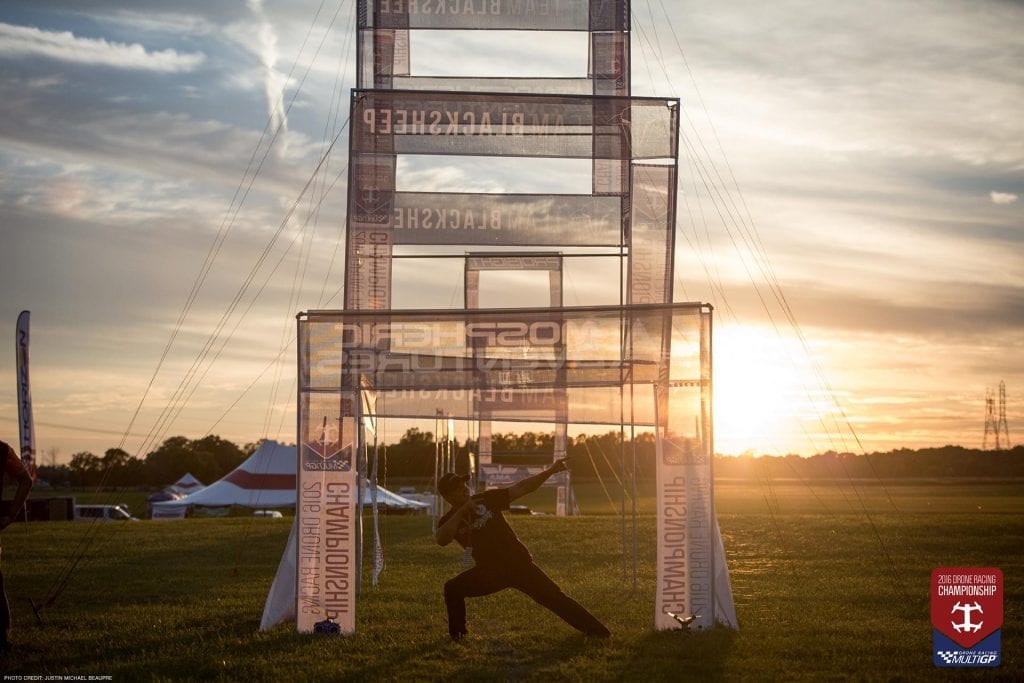
Do not hesitate to fly with pilots that are better than you. First, this will force you fly faster, it will push your piloting skills to their limits. You can also ask them about their technique (“Why did you throttle up going into that turn?”), which help you get a better understanding for negotiating obstacles. Most pilots LOVE talking about their technique. Listen to what they are saying, and take mental notes. Take advantage of the hundreds of batteries these guys have flown; learn from their experience. We do not excel if we do not challenge ourselves.
5# Hand Strength
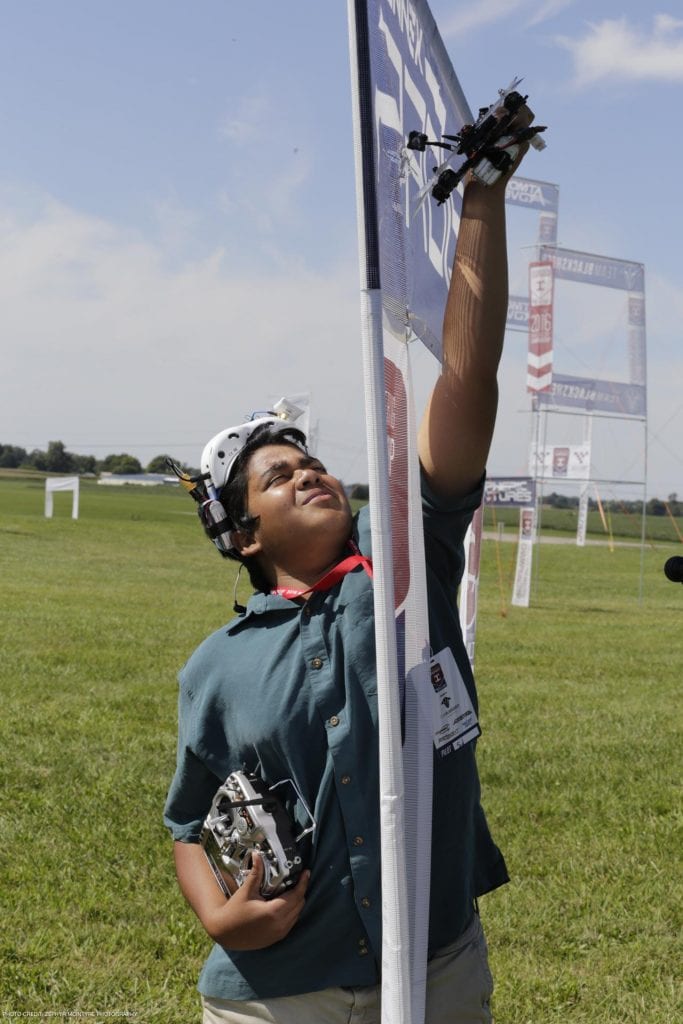
Our wrists, hands, and fingers are our “connection” to our drones. The stronger your hands are, the less fatigue you will feel. When we are flying FPV, our hands and wrists will start to tire after only 30 minutes. Once your hands start to fatigue, your reaction time will decrease. Slower reaction time means missing gates, it means crashing, it means DNF (Did Not Finish). This can be counteracted by strengthening our hands and wrists with a few simple exercises:
Tennis Ball Squeeze – Perform the following exercises ten times for each set, preferably three times a day. As you build up strength you can increase the repetitions. Begin this exercise by holding a tennis ball in the palm of your hand. Squeeze the tennis ball as hard as you can without causing yourself pain. Hold that squeeze for 5 seconds. Repeat this exercise ten times.
Thumb Opposition – Begin this exercise by putting your thumb and index finger up together. Squeeze your thumb and index finger together as hard as possible without causing yourself pain and hold the squeeze for five seconds. Then move on to the middle finger and thumb and repeat the exercise. Move on to each finger, so the thumb squeezes together with each of them. Repeat the whole exercise three times, so each finger gets three repetitions.
Finger Abduction – Place your hand palm-up, as if you were asking someone for money. Squeeze all the fingers together and the thumb also should be aligned with fingers, squeezing in on them. While keeping your fingers as straight as possible, squeeze your fingers and thumb together as hard as you can. Hold for five seconds and repeat ten times.
Finger and Wrist Stretches –
- Stand up and extend your right arm in front of you, with the palm of your hand facing down. Using your left hand, pull back each finger and hold it, one by one, until you’ve stretched each finger. Make sure not to pull back too hard because this could damage your wrist. But it should be enough to feel the stretch in your wrist.
- Once you’ve done each finger individually, stretch back all of them at once. This should help you stretch open your palm. Hold it for a few seconds and repeat the exercise a few times.
- Now that you’ve extended your fingers, it’s time to do your thumb. Pull back on your thumb and stretch it towards your wrist. Next, pull forward and down on your thumb. Again, this will stretch your wrist in the opposite direction. Finish these finger exercises by making a tight fist and slowly opening it, stretching all your fingers out as far as they can go.
- Put your palms together with the fingers facing upwards as if you were in a praying stance. Press the palms together strongly while holding your fingers straight. Keeping the base of your palms together, slowly lower your hands until your arms are like one long horizontal line. Try and take your palms down even further, with your fingers and base of the palms still held together. Go down as far as you can and hold it. You should feel the stretch in your wrists and the insides of your fingers. Hold for a few seconds and then repeat.
Make these exercises a part of your training routine. These strengthening drills are as important as flying drills; the stronger your hands, the more precisely you can fly.
#6 – Eye – Hand Coordination
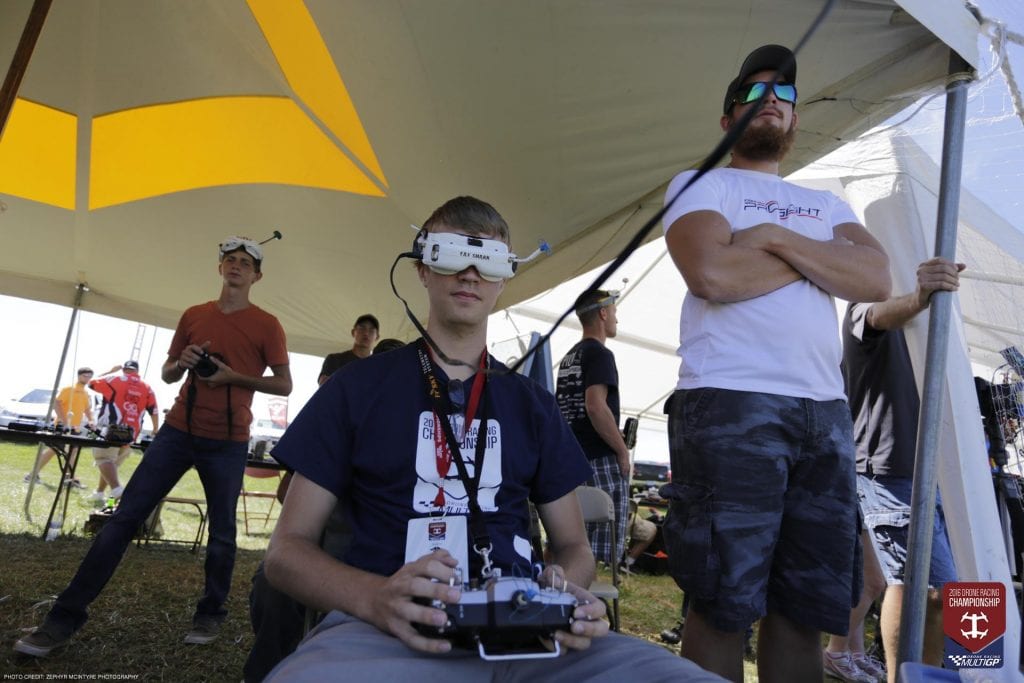
The path is simple; your eyes see, the mind thinks, and your hands react. The faster your body can complete this process, the quicker and more reactive your piloting will become. There are quite a few “Real World” activities we can participate in to increase our eye-hand coordination. Baseball, batting cages, tennis (or any racket sport), even the paddle-ball from our childhood, are great ways to increase eye-hand coordination. The other great benefit is that these activities also help strengthen our hands and wrists (#5 – Hand Strength), as well as give some much-needed exercise for the rest of our body. Unity of mind and body is a cornerstone for racing success.
#7 – It’s a Mental Game
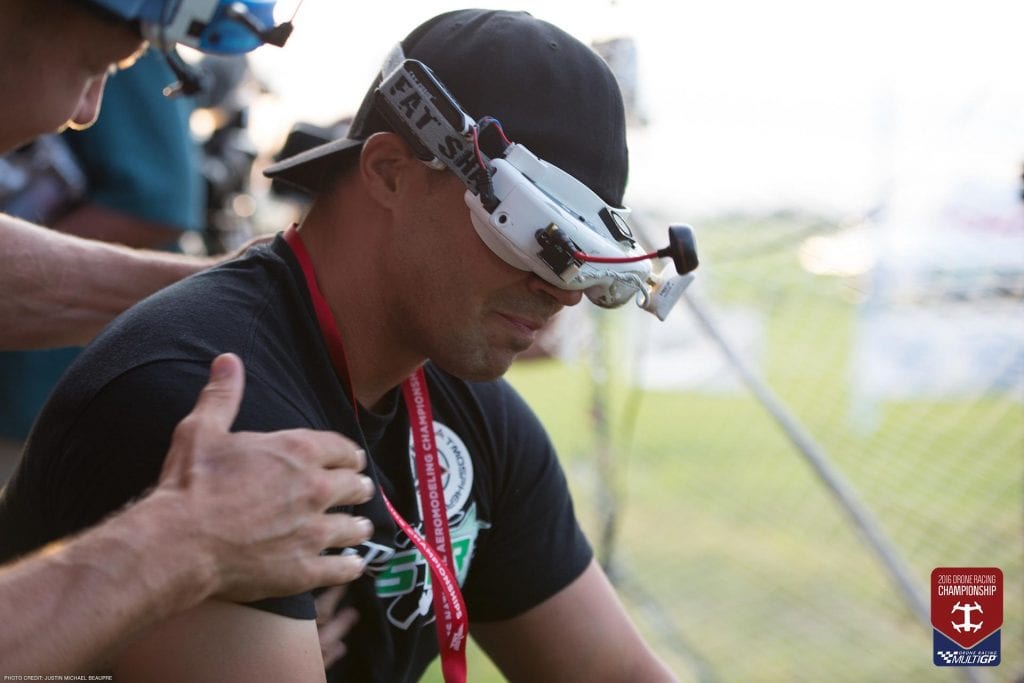
Flying is as much in your head as it is in your hands. If your mental concentration is not at its peak, you will not perform at your best. Focus on your flying, don’t let the troubles of life inhibit your ability. Purge your mind of your “real world” troubles – thinking about your rent, car payment, girlfriend, etc. will only split your focus, and slow your lap times. For those four minutes, you are flying, there is nothing but you, and your craft. It’s hard to fly at 80 miles an hour when you are thinking about work.
Being able to put on your “game face” when flying will make good pilots become great pilots. Think about “Ice Man” from Top Gun. He was good because he was “cool as ice” when he was flying. The less you get “rattled” when racing, the faster you can be. Stay positive, even when you crash. Your “Mental Game” is just as important as your “Physical Game”.
Most importantly, do not get angry or frustrated; anger is the mind killer. Once you lose your cool, you have lost the race. Frustration and anger are very taxing on our “CPU”. The more your mind is focused on being angry, the less you are focused on flying. Drone racing is a sport of milliseconds, so stay focused on your piloting. If you find yourself losing control of your temper, it is time to step away for a little while. Regain your composure, and your lap times will decrease.
#8 – Rained Out – Keep Practicing!
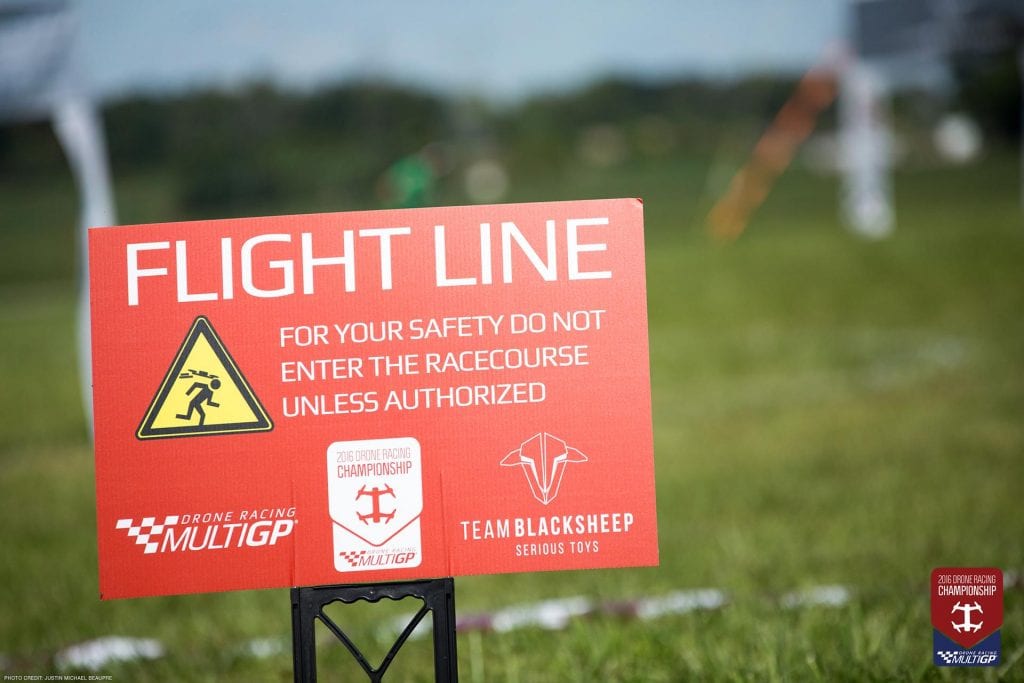
Into everyone’s life a little rain must fall. When it does you can keep honing your skills off the track. FPV flight simulators (like Liftoff and FPV Freerider) are great training tools. While the physics are not 100% like “real world”, they are close enough to help you build your muscle memory. The different “flying fields” that these simulators allow you to navigate contain many of the “real world” twists and turns you will see on MultiGP courses. In fact, you can even find the MultiGP Universal Time Trial Tracks and the championship courses within some of the simulators. This gives you the ability to practice these maneuvers (sharp turns, slalom runs, etc.) repeatedly, helping you build the muscle memory to make flying more subconscious. The less you actually “think” about flying, the better you will fly. That is why drills and practicing maneuvers repeatedly builds a pilot’s skill on the sticks.
Use your DVR as a valuable training tool, both for reviewing your flights to look for ways to improve and as a sort of “Guitar Hero” for FPV. Something that was noticed at the Regional Finals this year was that during bouts of bad weather, pilots were watching their practice runs that they had recorded (DVR) on their goggles. Some of the pilots were even holding their transmitters and “flying along” with their footage; they were practicing the stick movements necessary to negotiate the track. This sort of exercise also helps you work on the timing of the track and the timing of the different obstacles (like how to fly the Sky Bridge). Knowing when to start a turn is just as important as how the turn is done.
Practicing these drills and exercises will increase your piloting abilities. Remember that drone racing is the perfect symbiotic relationship between pilot and craft; the more comprehensive your training is directly relating to how we progress as pilots.
The next part of this series will be an “open” article of tips and techniques from top pilots throughout the MultiGP community. Part 2: Pilot Technique will be continually updated with tips, techniques, and drills that have launched the top pilots in our sport to podium positions. Be sure to check back often to stay up to date on the best techniques from the best pilots in our sport.
Have something to contribute? Contact Boss Hat (shawn@multigp.com) with your skills, drills, tips, and tricks for Part 2: Pilot Technique
About MultiGP:
MultiGP is the premier drone racing league which hosts frequent competitive gatherings and casual events within its network of over 375 MultiGP Chapters and 10,000 pilots world-wide. MultiGP nurtures its Chapters by providing tools, guidance and community to make drone racing fun, organized and rewarding for pilots, Chapter Organizers and spectators. Programming such as the Championship, Regional Series, Universal Time Trial Tracks and Chapter Tiers are designed to allow the drone racing community to compete in an easily accessible yet structured format with the goal of progressing the sport. MultiGP is the Academy of Model Aeronautics Special Interest Group for First Person View (FPV) Racing. For more information, go to www.MultiGP.com
To learn more about MultiGP drone racing, and how you can get involved, join us on Facebook – https://www.facebook.com/groups/MultiGPCommunity/ and on Twitter – @Multi_GP


